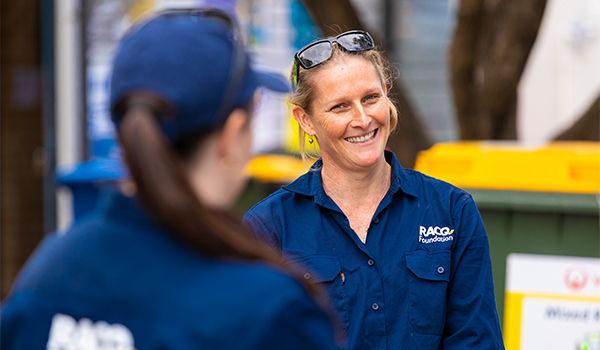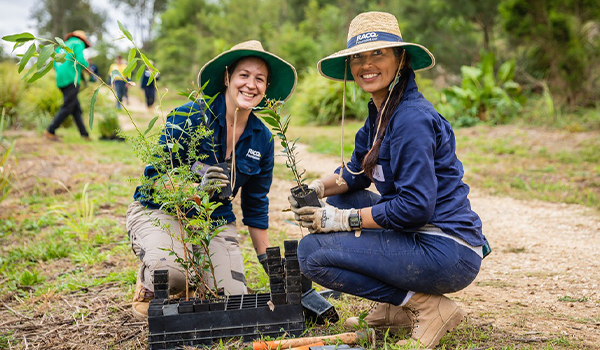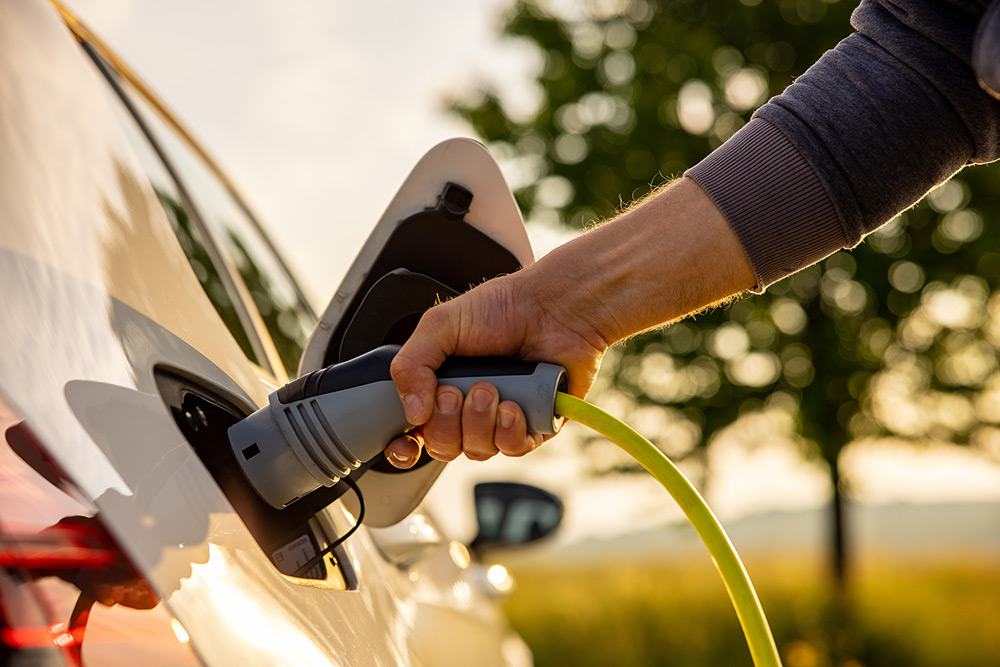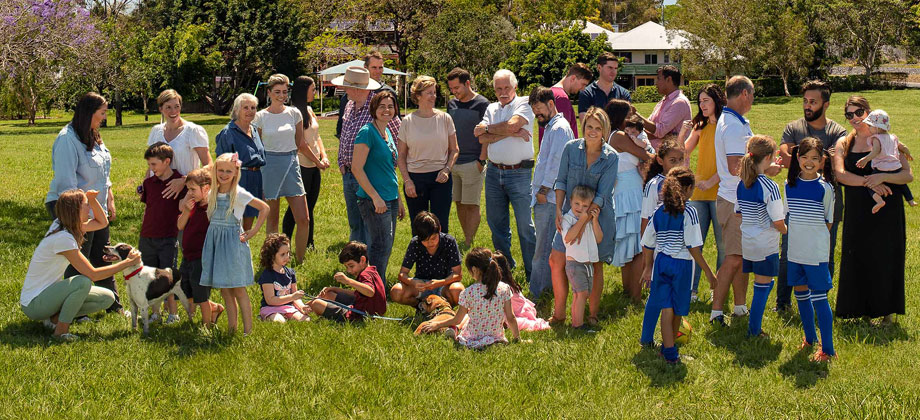Membership makes all the difference to Queensland students
From the Torres Strait Islands to Texas, our Education Team equips students across Queensland with the support, guidance and skills they need to stay safe on the road and make better financial decisions
Our Streets Ahead program teaches primary school students age-appropriate lessons about passenger, pedestrian and bicycle safety. We strive to ensure every child has the opportunity to learn how to cross the road safely and to know why it is so important to wear a seat belt and strap on a helmet.
Our high school programs focus on the unique risks and challenges that come with learning to drive and experiencing financial freedom for the first time. These interactive lessons teach teenagers about the Fatal Five, surviving and thriving on their L and P Plates, and making informed financial decisions.
Our community program Years Ahead – educates participants on current road rules and provide strategies for staying safe while being drivers and passengers on our roads.
We’re committed to being a force for good in Queensland’s schools. That’s how your membership makes all the difference to the next generation.
Latest Education articles
See the difference your membership made last financial year^

RACQ Foundation
7,874 volunteer hours
through RACQ Foundation activities.

Member Benefits
$21 million saved
through Member Benefits program.

Community
$6.4 million provided
to charities and communities across Queensland.

Environment
132 public EV charging sites
supported by RACQ sponsorships and investments.
Things to note
^Figures based on FY24 statistics. See RACQ's FY24 For the Greater Good Report for more details.

